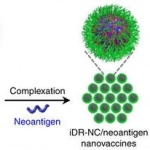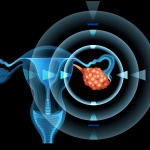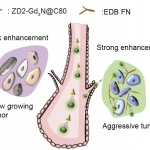
News • A double-edged sword
Killing cancer cells can also drive tumor growth
Cancer therapies including radiation and chemotherapy seek to treat the disease by killing tumor cells. Now a team including researchers at Beth Israel Deaconess Medical Center (BIDMC) have shown that the dead and dying cancer cells generated by chemotherapy and targeted cancer therapy paradoxically trigger inflammation that promotes aggressive tumor growth. In a study published today in the…
























